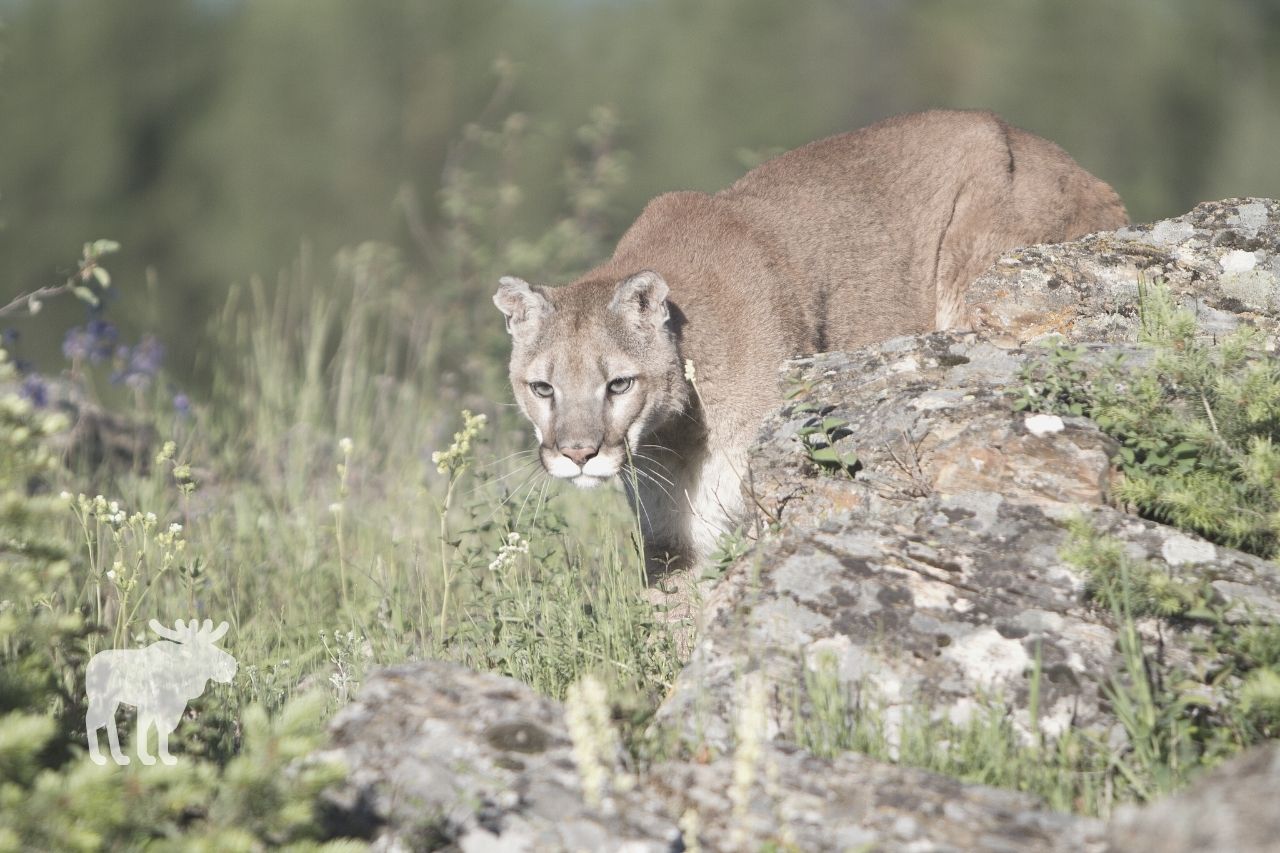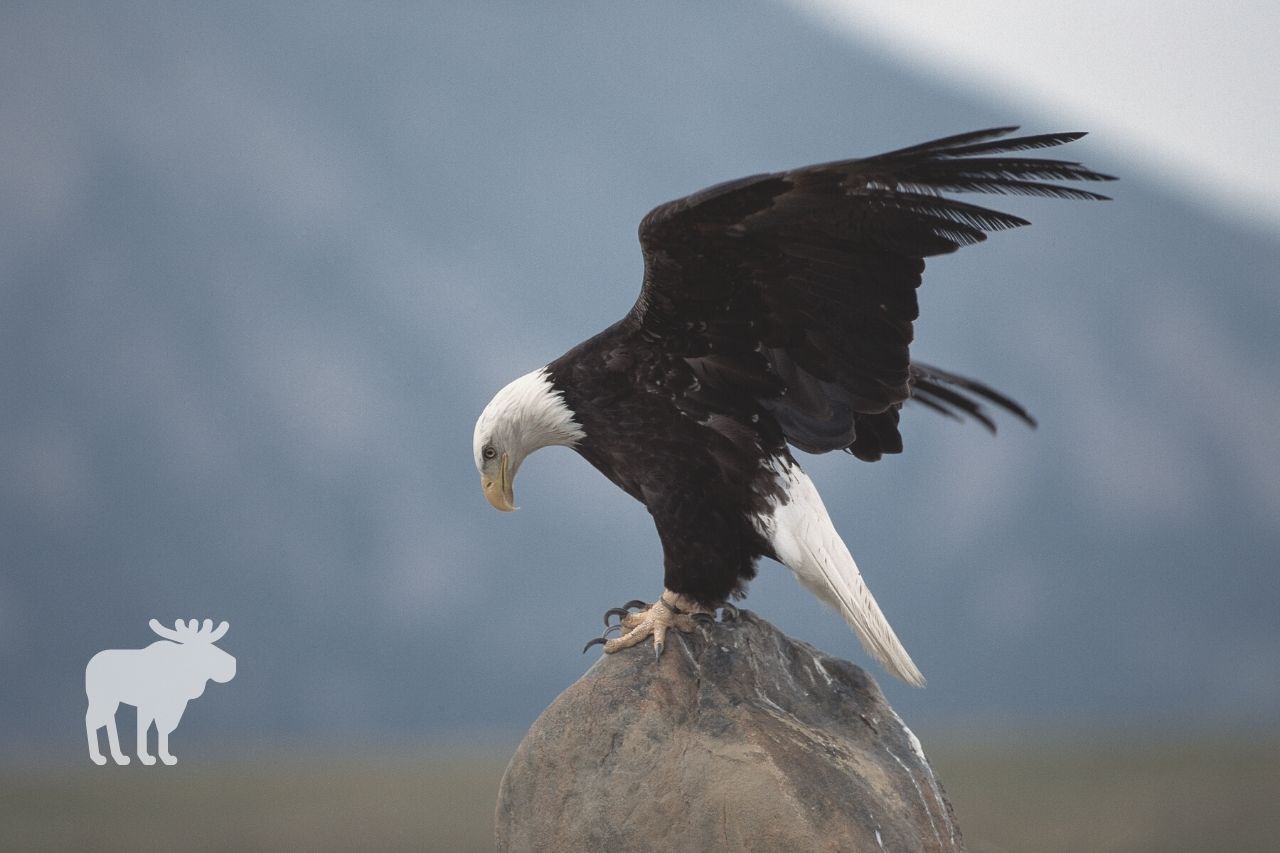Animals at the top of the food chain are known as apex predators; this means that they are not hunted by other animals in their specific ranges. How many of these animals are there in the world? Read on for a list of many of these animals with no natural predators.
What You'll Learn Today
Animals With No Natural Predators
1. Tigers

Various species of tiger are found throughout Asia, and they are some of the largest land predators in the world.
Tigers can weigh up to 650 pounds. They have powerful bites, sharp teeth, and an ability to run fast.
They are incredibly strong and known for their skillful hunting abilities.
Tigers have no natural predators. They feed on a variety of prey animals including deer, goats, and pigs.
2. Lions

Found in parts of Africa, these large felines are at the top of the food chain in their part of the world.
They have sharp teeth and powerful jaws, with a bite force of around 650 psi. They can weigh well over 400 pounds, run fast, and they have a big appetite for meat.
There are few other animals in the world that would be willing to go up against a lion.
3. Cougars

Cougars are also known as mountain lions or panthers, and they are found in parts of North America. These large cats are the apex predators of their home range.
These speedy cats are exceptionally fast runners, reaching speeds up to 50 miles per hour. Their sharp teeth and powerful jaws can easily break the necks of their prey with a single bite.
Cougars will eat almost any source of meat they can find in the wild.
4. Snow Leopards

Snow leopards are white spotted cats that live in parts of Asia. They have no natural predators in this region.
Snow leopards are excellent hunters, with the ability to kill animals up to three times larger than themselves. They eat a variety of prey animals including camels, deer, and sheep.
5. Bears
There are many species of bears found throughout the world. Brown bears, grizzly bears, and Polar bears are all considered apex predators in their respective habitats.
Regardless of species, bears have sharp teeth and claws that allow them to easily kill and eat prey animals.
Though they are most well known for eating meat, some bear species supplement their diet with plant-based foods such as leaves and berries as well.
6. Wolves

Gray wolves are the largest wolf species in the world. These huge, furry dogs have no natural predators in the wild.
Wolves tend to hunt together in packs, allowing them to take down huge prey animals such as moose, elk, and bison. Their sharp teeth and claws allow them to make quick work of their prey when hunting.
7. Komodo Dragons

Komodo dragons have a very small natural range; they are found only in the Lesser Sunda Islands of Indonesia.
Within this range, however, they are at the top of the food chain. Their large, heavy bodies, thick hide, and impressive bite strength make them a force to be reckoned with.
They will eat nearly any meat that is available to them, including monkeys, buffaloes, and wild hogs.
8. Crocodiles

Crocodiles are known for being fearsome predators. Found in Africa, Asia, Australia, and parts of the Americas, these great toothed reptiles have no natural predators.
The largest crocodiles have an unbelievable bite force of over 3,000 psi. Their rows of large, sharp teeth allow them to easily devour prey animals of all kinds and defend themselves from any other predators that attempt to get too close.
9. Alligators

Similar in appearance to crocodiles, alligators are found in parts of North America and Asia. Though not quite as powerful as their reptilian cousins, they are still fierce predators in their own right.
Alligators also have mouths lined with rows of pointed teeth. They hunt by hiding underwater until prey animals get close; then, they snap their jaws around the animal, easily breaking its neck.
Alligators are considered apex predators throughout their range.
10. Pythons
Pythons are some of the largest snakes in the world, weighing up to 350 pounds and measuring as much as 25 feet long.
These giant reptiles hunt by wrapping their bodies around their prey and suffocating them before swallowing them whole. They eat a variety of animals including rabbits, birds, and even pigs.
They have no known predators in the wild, so they are considered apex predators.
11. Eagles

Eagles are some of the largest birds of prey, and some of the biggest ones feast on animals as large as monkeys.
The largest, fiercest ones, including bald eagles and crowned eagles, do not have any natural predators. Instead, they use their sharp talons, hooked beaks, and excellent eyesight to hunt down and eat a variety of prey animals.
12. Owls

Not all owls are created equally, and some are much smaller and more vulnerable than others. The great horned owl is at the top of the spectrum and is considered an apex predator.
These birds native to North America eat many prey animals and have even been known to compete with other birds of prey over territory. They are large and aggressive, causing most other animals to leave them alone.
13. Sharks

Tiger, whale, and great white sharks are some of the most fearsome predators that swim the world’s oceans.
Whale sharks are the largest of the three, weighing between 30,000 and 50,000 pounds. Their size alone puts them at the top of the food chain, though they only feed on smaller animals such as krill, shrimp, and jellyfish.
Great white sharks and tiger sharks are significantly smaller, but they are more aggressive and have rows of sharp teeth. They eat a variety of prey animals found in the ocean, including squid, turtles, smaller sharks, and dolphins.
14. Whales
Sperm whales and killer whales are both at the top of the food chain, as they have no natural predators.
Sperm whales are the larger of the two, weighing up to 45 tons and growing nearly 75 feet long. They are sometimes threatened by killer whales, who have sharp teeth and are far more aggressive; though most of the time even killer whales leave them alone.
Killer whales are so aggressive and dangerous that they occasionally kill other apex predators of the sea, such as the great white shark and the sperm whale.
15. Electric Eels

A surprising addition to this list is the electric eel. This snakelike fish has no natural predators thanks to its ability to electrocute anything that comes close to it.
Native to South America, electric eels grow up to 8 feet long and can discharge as much as 800 volts in a single electric shock. They use this ability to kill fish to eat and protect themselves from other would-be predators.
Conclusion
As you can see, there are many animals in the world that have no natural predators. Some of the animals discussed in this article include various big cats, bears, alligators, crocodiles, and aquatic creatures such as sharks and whales.